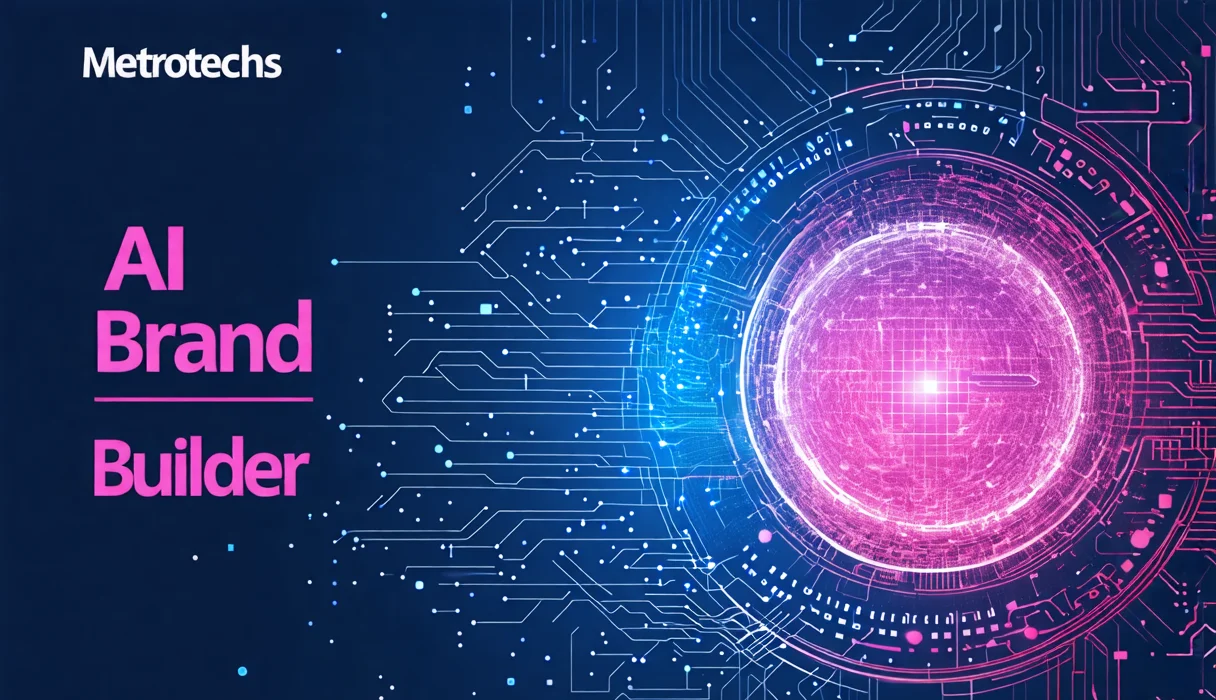
With the AI landscape evolving at breakneck speed, Anthropic’s latest mid-size model, Claude Sonnet 4, stands out as a game-changer for developers, researchers, and enterprises alike. Launched on May 22, 2025, Sonnet 4 is part of the broader Claude 4 family—alongside the flagship Opus 4—and delivers a finely tuned balance of performance, cost-efficiency, and extensible reasoning capabilities. Whether you’re automating complex workflows, building AI agents, or scaling enterprise content generation, Sonnet 4 offers an extraordinary blend of coding prowess and contextual understanding. In this deep dive, we’ll unpack Sonnet 4’s architecture, benchmark performance, real-world use cases, deployment options, and practical best practices—and finish with an FAQ to answer your burning questions.
1. Evolution from Sonnet 3.7 to Sonnet 4
Anthropic’s Sonnet 4 represents a substantial upgrade over its predecessor, Claude Sonnet 3.7. Key improvements include:
-
Coding and Reasoning Accuracy: Sonnet 4 achieves frontier-class performance on specialized coding benchmarks, surpassing 3.7 by over 30 percentage points in regression tests and more than doubling valid tool-call rates Augment Code.
-
Reduced Shortcutting: Both Sonnet 4 and the more powerful Opus 4 are 65 % less prone to take reasoning shortcuts, ensuring deeper, more reliable outputs The Verge.
-
Extended Context Horizons: Enhanced attention mechanisms allow Sonnet 4 to maintain coherence over longer interactions, crucial for multi-step code reviews and agentic workflows Anthropic.
-
Instruction Following: A revamped fine-tuning regimen has made Sonnet 4 markedly better at adhering to user prompts—translating into fewer “hallucinations” and more predictable, controllable behavior Anthropic.
2. Core Architectural Highlights
2.1 Hybrid Reasoning Engine
Sonnet 4 employs a hybrid reasoning paradigm, dynamically switching between:
-
Instant-Response Mode for quick, surface-level tasks.
-
Extended‐Thinking Mode for complex problems, where the model breaks down tasks into discrete reasoning steps and may leverage tool calls (e.g., web search) to gather necessary information Anthropic.
This dual-mode approach ensures Sonnet 4 can tackle both rapid API integrations and in-depth architectural design discussions with equal aplomb.
2.2 Modular “Tool Use” Integration
One of Sonnet 4’s most compelling features is its stronger tool-use capability. Unlike earlier models, it can:
-
Invoke APIs (e.g., REST endpoints) autonomously during generation.
-
Perform Agentic Search, dynamically querying internal or external databases for research purposes The Verge.
-
Maintain “Memory Files” when granted local file system access, allowing retention of context across sessions for long-term projects The Verge.
2.3 Visual Data Extraction
Sonnet 4 advances beyond text-only models by natively extracting insights from visuals—including charts, diagrams, and infographics—enabling richer analysis in domains like business intelligence and scientific research The Verge.
3. Benchmark Performance
| Benchmark | Sonnet 3.7 | Sonnet 4 Improvement |
|---|---|---|
| Augment Regression | 46.9 % | 63.1 % (+34.5 %) |
| Valid Tool-Call Rate | 25.0 % | 80.0 % (+220 %) |
| Within-Limit Edits | 21.4 % | 64.3 % (+200.5 %) |
Source: AugmentCode joint testing with Anthropic models Augment Code.
Beyond these metrics, Sonnet 4 holds its own on standard reasoning benchmarks such as MMLU, GPQA, and Polyglot tasks, often coming within single-digit margins of Opus 4’s top-tier performance—a remarkable feat given Sonnet 4’s cost-optimized design.
4. Cost-Effectiveness and Pricing
One of Sonnet 4’s hallmarks is its cost-performance sweet spot:
-
Token Pricing: At roughly $3 per million input tokens and $15 per million output tokens, Sonnet 4 is priced at ~20 % of Opus 4, making it ideal for high-volume tasks like bulk content generation or continuous code monitoring Anthropic.
-
Extended-Thinking Access: While extended thinking mode is premium in Opus 4, Sonnet 4 offers a limited “beta” extended mode even on free tiers—democratizing access to deep reasoning for hobbyists and small teams The Verge.
This pricing strategy ensures organizations can scale AI usage without surprise bills, while still leveraging advanced agentic features.
5. Deployment and Availability
Claude Sonnet 4 is broadly available across major AI platforms:
-
Anthropic API: Direct programmatic access with full feature set.
-
Google Cloud Vertex AI: Available as a Model-as-a-Service (MaaS) option, integrating seamlessly with existing GCP pipelines The VergeAnthropic.
-
Amazon Bedrock: Listed alongside Opus 4, enabling easy orchestration with AWS Lambda, Sagemaker, and downstream analytics Amazon Web Services, Inc..
-
GitHub Copilot: Sonnet 4 is rolling out to all paid Copilot plans for chat-based coding assistance inside VS Code and GitHub Mobile The GitHub Blog.
-
Databricks: Integrated into Enterprise Premium tiers, empowering data-driven agent development on large enterprise datasets The Verge.
6. Key Use Cases
-
AI Assistants & Chatbots
Build real-time customer support agents that can handle multi-turn dialogues, perform data lookups, and integrate with back-end services—all within a single model instance Anthropic. -
Everyday Coding Workflows
Automate code reviews, bug triage, and bulk code generation—Sonnet 4’s improved code taste ensures fewer post-generation cleanups and more predictable refactoring The Verge. -
Business Intelligence & Reporting
Summarize dashboards, generate executive briefings from raw data, and extract insights from embedded graphs—leveraging visual data extraction capabilities Anthropic. -
Agentic Search & Research
Conduct multi-step research tasks autonomously. For example, aggregating patent filings, academic literature, and market reports to inform R&D roadmaps Anthropic. -
Content Generation at Scale
Produce localized marketing copy, technical documentation, and data-driven reports by orchestrating Sonnet 4 across distributed microservices without breaking the bank Anthropic.
7. Best Practices and Tips
-
Prompt Engineering:
Use explicit step-by-step prompts to guide extended thinking mode. For example, prefix with “Step 1: outline… Step 2: implement…” to unlock deeper reasoning pathways. -
Memory Files:
When running batch processes, mount a local volume and instruct Sonnet 4 to “save key results to/mnt/data/memory.json,” enabling context retention across invocations. -
Tool Security:
Audit any API endpoints you expose to the model. Sonnet 4’s advanced tool use is powerful, but must be sandboxed to prevent unintended side effects. -
Cost Monitoring:
Tag model calls in your telemetry (e.g.,model=sonnet-4-beta, mode=extended) and set usage alerts in your cloud console to avoid unexpected billing spikes. -
Fallback Strategies:
For mission-critical tasks, consider a dual-model approach: fast Opus 4 for immediate responses and Sonnet 4 for deeper analysis, with your orchestration layer selecting the optimal model per task.
8. Future Outlook
Anthropic has committed to accelerating model updates, with predicted quarterly Sonnet 4 improvements and regular safety/efficiency patches The Verge. As enterprises demand more explainable AI, anticipate Sonnet 4’s “thinking summaries” feature to mature—providing transparent, human-readable rationales for multi-step inferences. Moreover, tighter integrations with MLOps platforms (e.g., Kubeflow, DataOps pipelines) are on the roadmap, ensuring Sonnet 4 remains a cornerstone of AI-driven software development lifecycles.
Frequently Asked Questions
Q1: How does Claude Sonnet 4 differ from Claude Opus 4?
-
Answer: Opus 4 is Anthropic’s top-tier model, optimized for the most demanding, long-horizon tasks with fully unlocked extended thinking. Sonnet 4 is a mid-size, cost-effective variant that retains high coding and reasoning performance, accessible even on free tiers The Verge.
Q2: Can I use Sonnet 4 for real-time chatbots?
-
Answer: Absolutely. Sonnet 4’s instant-response mode makes it suitable for live chat environments, while its memory file support lets you maintain conversation context across user sessions Anthropic.
Q3: What languages and frameworks does Sonnet 4 best support?
-
Answer: Sonnet 4 excels at mainstream languages like Python, JavaScript/TypeScript, Java, and Go. Its code taste adapts to framework conventions (e.g., React, Node.js, Spring) when prompted with context files Anthropic.
Q4: How do I control costs when scaling Sonnet 4 usage?
-
Answer: Leverage token caps, optimized prompts to reduce verbosity, and deploy the model in “instant-response” mode when deep reasoning isn’t required. Combine Sonnet 4 with cheaper text-completion models for non-critical tasks The Verge.
Q5: Is Sonnet 4 safe for sensitive data?
-
Answer: Anthropic’s system card details extensive pre-deployment safety tests, including adversarial and cyber evaluations. However, always adhere to internal compliance protocols when handling PII or proprietary information Anthropic.
Conclusion
Claude Sonnet 4 marks a pivotal moment in mid-size AI model design—marrying robust coding intelligence, advanced reasoning, and cost-effective pricing. By harnessing hybrid reasoning, stronger tool use, and visual data extraction, Sonnet 4 empowers developers and enterprises to build smarter AI assistants, streamline coding workflows, and scale content generation like never before. Available across Anthropic’s API, Google Cloud Vertex AI, Amazon Bedrock, GitHub Copilot, and Databricks, Sonnet 4 offers the flexibility to integrate cutting-edge AI into virtually any modern software stack. Whether you’re a solo developer, a fast-growing startup, or a large enterprise, Claude Sonnet 4 is ready to elevate your AI ambitions to new heights.



